Book news: flick through February's titles
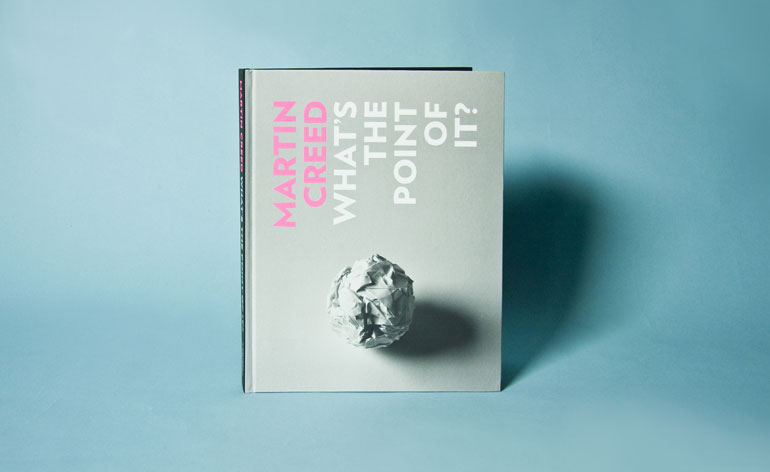
Martin Creed: What's the Point of It?
With essays by Bill Bailey, Cliff Lauson, Paul Morley and Joachim Pissarro
Renowned British conceptual artist Martin Creed divides the audience neatly between those who consider his installations to have a healthy self-conscious dose of wit - a rare quality in the art world - and those that consider his conceptualism to be critically overrated. We fall into the first camp, and this new tome, released to coincide with the artist's first major London retrospective, conveys the scale and intentional absurdity of Creed's oeuvre.
Published by Hayward Publishing, £25
Writer: Jonathan Bell
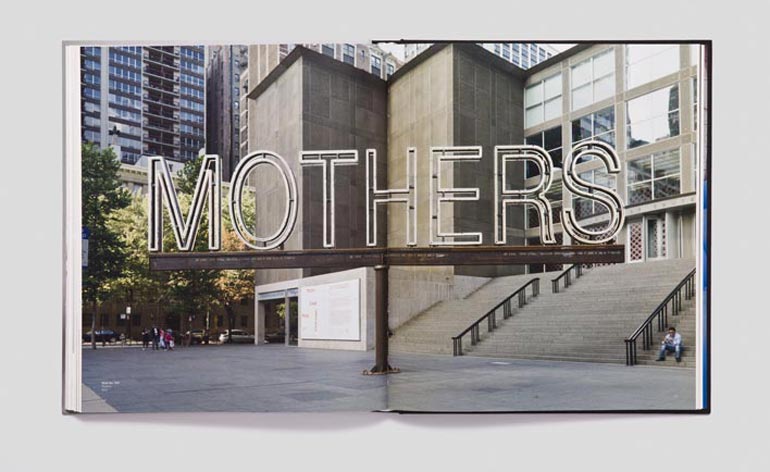
A spread from the book showing 'Work No. 1357: Mothers', by Martin Creed.
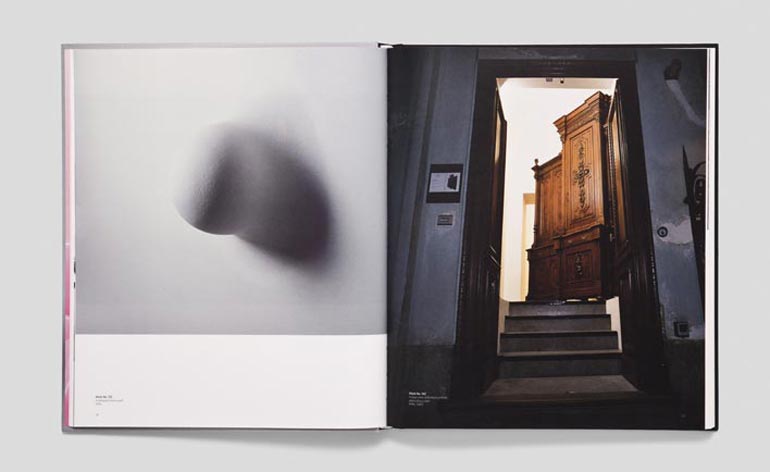
'Work No. 135: A protrusion from a wall', 1996 (left) and 'Work No. 142: A large piece of furniture partially obstructing a door', 1996-2002 (right), both by Martin Creed.
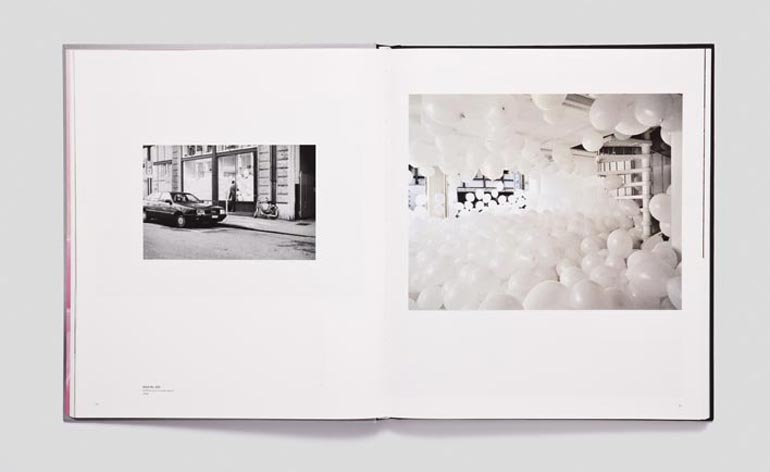
'Work No. 200: Half the air in a given space', 1998, by Martin Creed.
Rabih Hage London: Selected Work
Edited by William Collins
This mini monograph celebrates the 12th anniversary of London-based architect Rabih Hage, best known as the originator of the Rough Luxe Hotel and the man who almost single-handedly ushered in a new wave of eclectic interior design. The firm has also built everything from beach houses to relief shelters and avant-garde furniture.
Published by Rabih Hage, £25
Writer: Jonathan Bell
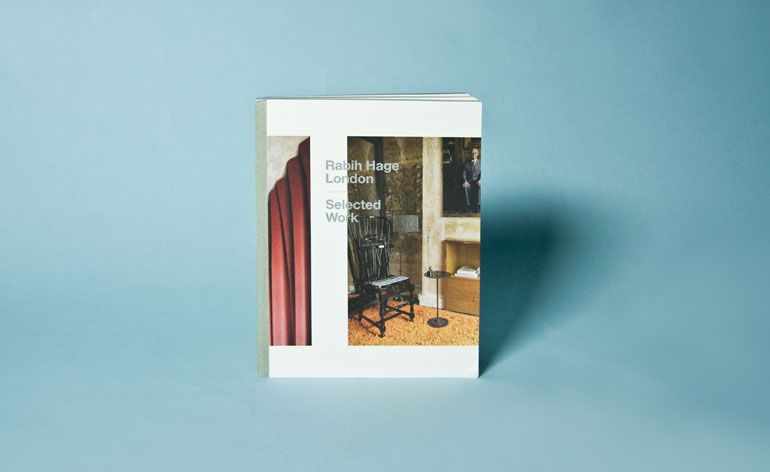
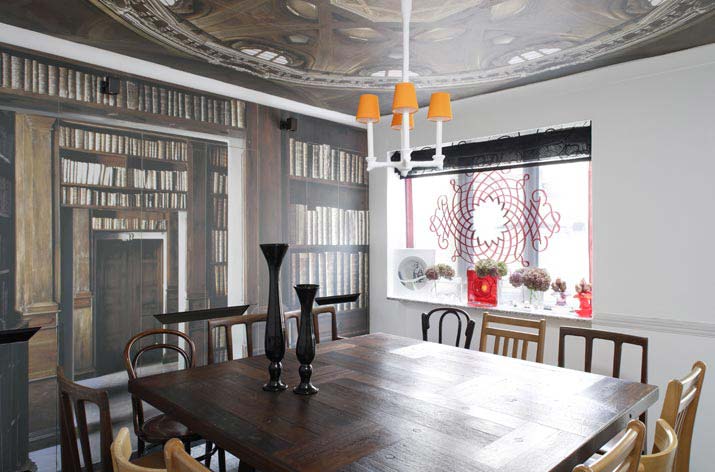
From the book: Rough Luxe Hotel, London, 2008. Rabih Hage coined the term 'rough luxe' himself, and used it to inspire the fascinating blend of simplicity and bareness with contemporary opulence in this project.
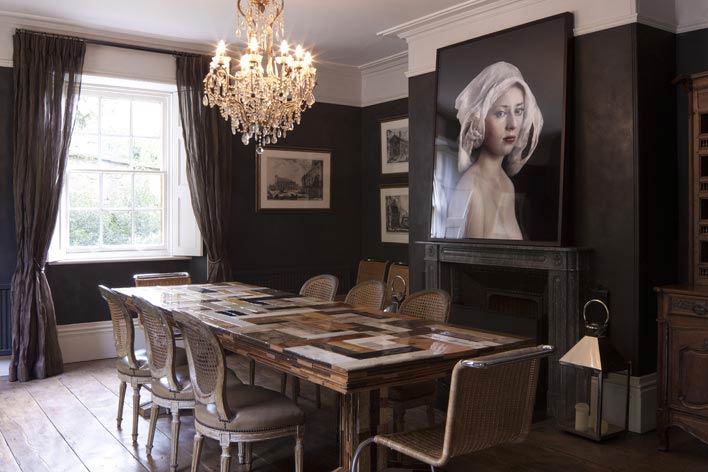
The Old Rectory, Oxfordshire, 2009. The guiding principles for this project were clean lines, subtle colours and uncluttered spaces.
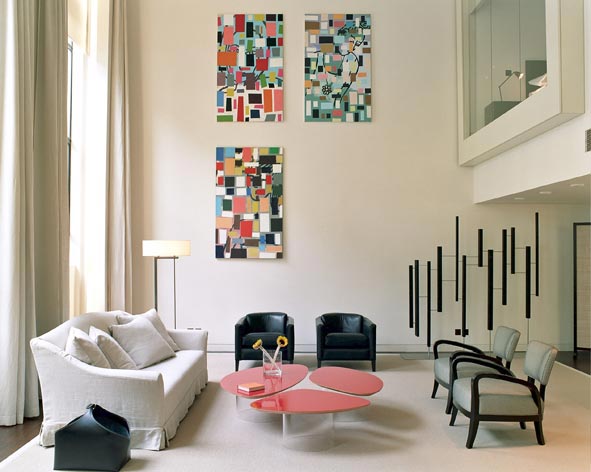
Great Portland, London, 2006. The challenge was to modernise the space without losing the drama and history of the existing building.
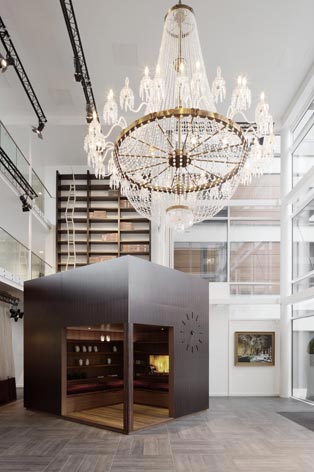
Library kiosk at Guildford Hotel, Radisson Edwardian, Surrey, 2011.
City Cycling
By Andrew Edwards and Max Leonard
American cycling brand Rapha's full set of City Cycling guides is now available in a neat box set. Written by Max Leonard and Andrew Edwards and published by Thames & Hudson, the books cover the two-wheeled delights of eight European cities, including bike-centric metropolises like Amsterdam and Antwerp. Mixing the all-important maps with precise, vintage-tinged illustrations, these guides aren't just designed to slip into your saddlebags but to be perused at leisure before you head out and clip into your pedals.
Published by Thames & Hudson, £25
Writer: Jonathan Bell
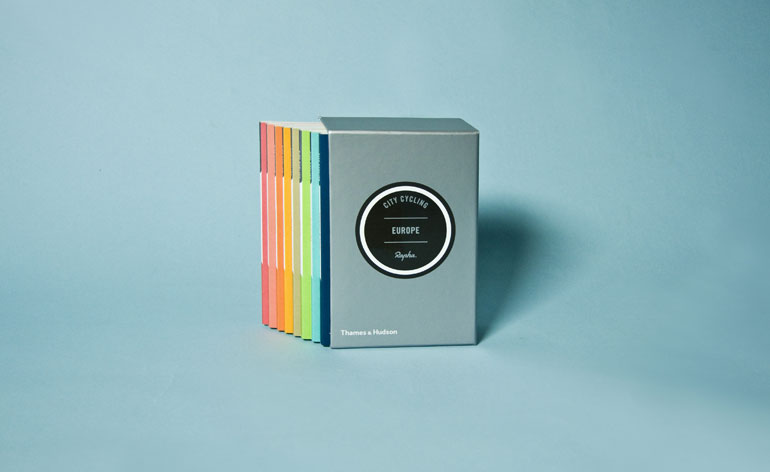
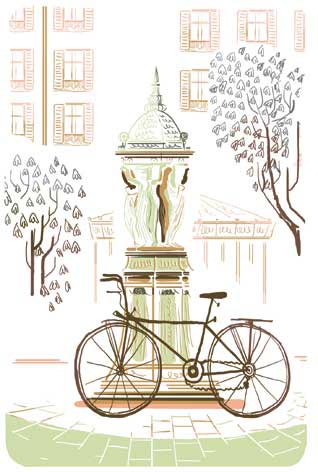
From the book: an illustration from the Paris volume by Louis Thomas
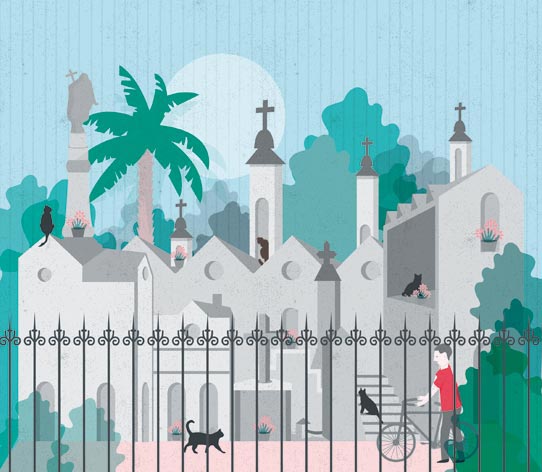
Illustration from the Barcelona volume by Judy Kaufmann
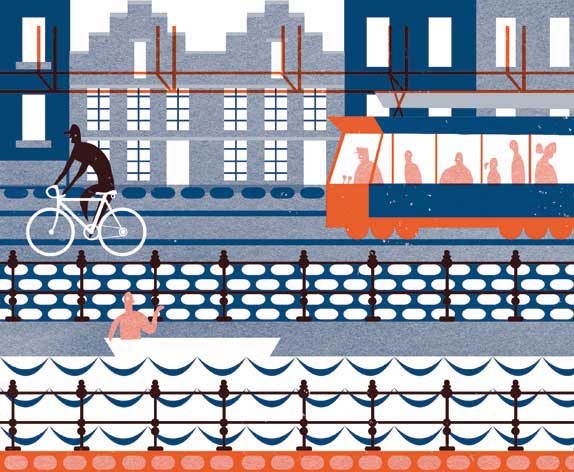
Illustration from the Ghent volume
Fuksas Object
By Massimiliano and Doriana Fuksas
Massimiliano and Doriana Fuksas are two of Italy's foremost architects with their major airports, exhibition centres and offices blocks casting elaborately glassy shadows across the modern Italian city. Fuksas Object is a companion piece to an earlier Actar monograph on the couple's studio, this time focusing on the multitude of subsidiary designs produced for their many projects, including lighting, furniture and bespoke components.
Published by Actar, €35
Writer: Jonathan Bell
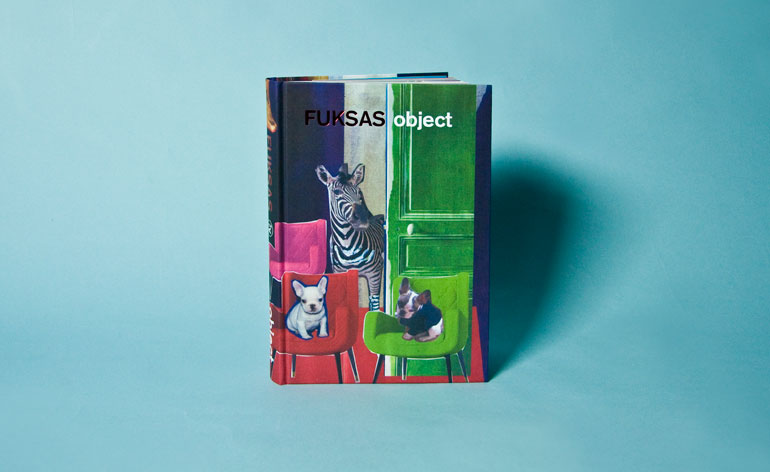
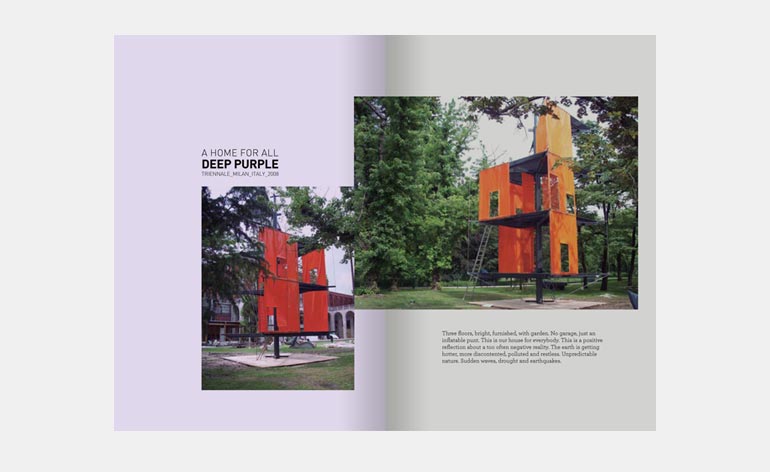
A spread from the book showing 'Deep Purple' for Milan Triennale, 2008. courtesy archivio Fuksas
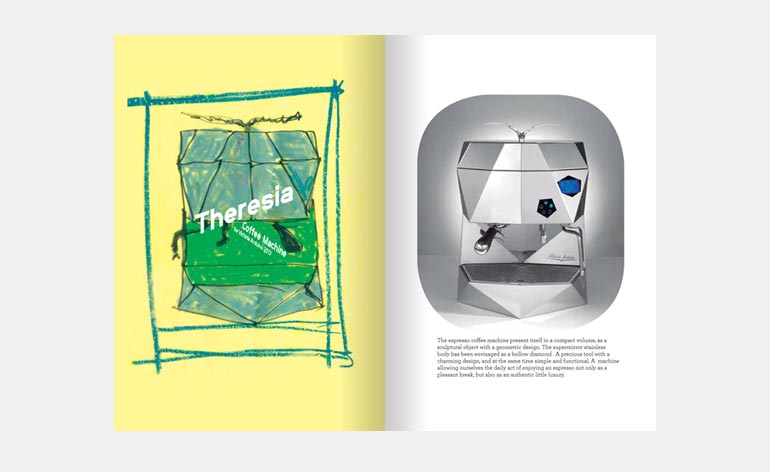
'Theresia' coffee machine for Victoria Arduino, 2013.
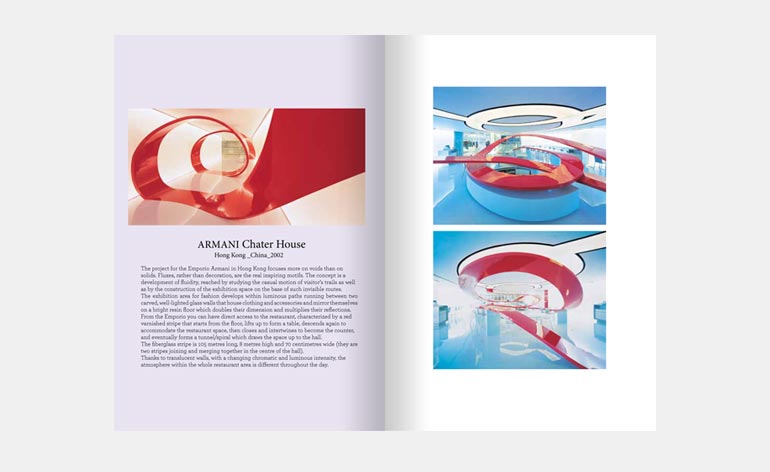
Armani Chater House, Hong Kong, 2002.
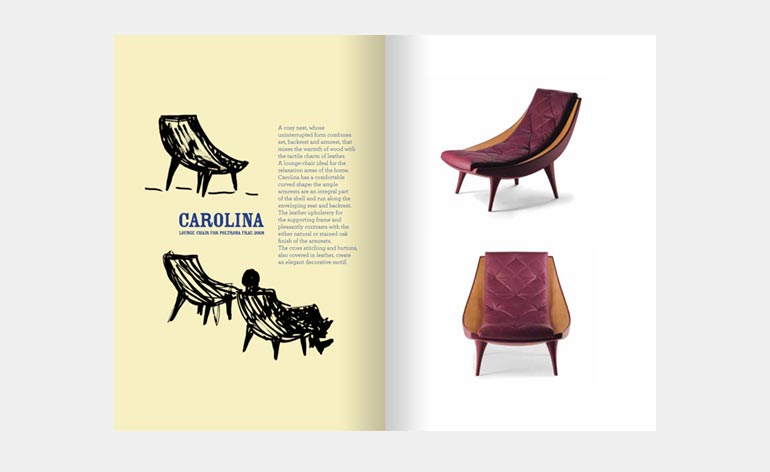
'Carolina' lounge chair for Poltrona Frau, 2008.
Harry Seidler: Lifework
By Vladimir Belogolovsky
Australian architect Harry Seidler was the flag bearer for Antipodean modernism. In a career that spanned nearly 60 years, the Viennese-born architect re-shaped the Australian skyline, bringing a very personal vision of hard-edged design to the country. Seidler spent his formative years working around the world with the masters of modern architecture - Gropius, Breuer, Albers and Niemeyer - before making his mark with a house he designed for his mother in 1950. Lifework traces the architect's career all the way from such early houses to the host of towers, galleries and embassies that grace Australia's major cities and beyond.
Published by Rizzoli, $75
Writer: Jonathan Bell
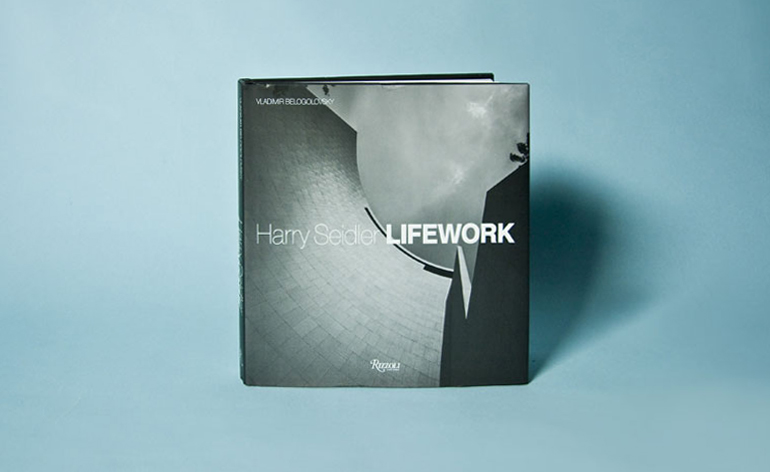
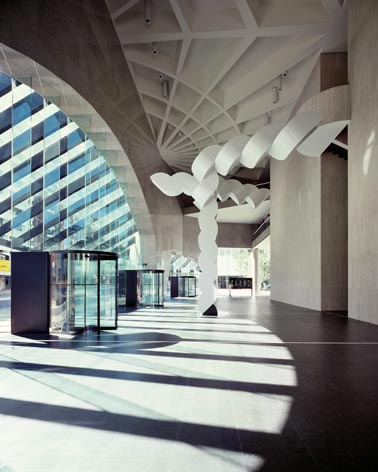
From the book: The Riverside Centre, Brisbane, 1986.
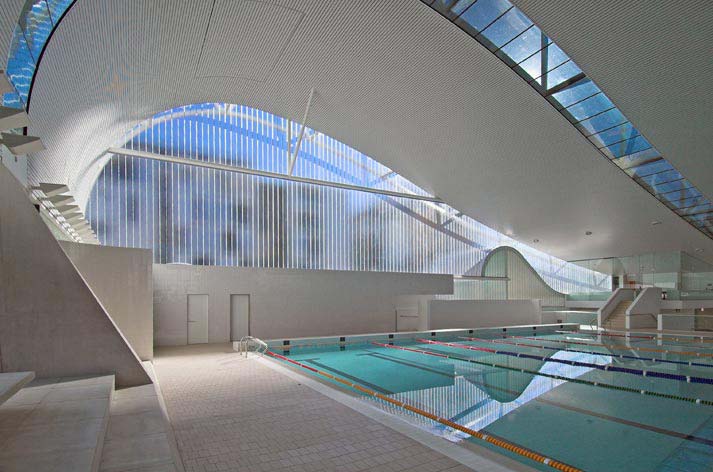
The Ian Thorpe Aquatic Centre, Sydney, 2007.
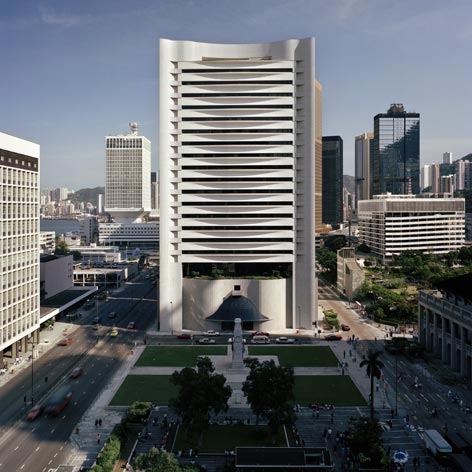
The Hong Kong Club, Hong Kong, 1984.
Platform 6 GSD
Edited by Rosetta S Elkin
Harvard's Graduate School of Design is one of the world's pre-eminent centres of emerging creative work. Platform provides an annual roundup of the latest conceptual work coming out of the school, as well as interviews with visiting lecturers and a preface by the school's dean, Mohsen Mostafavi.
Published by Actar and Harvard Graduate School of Design, €30
Writer: Jonathan Bell
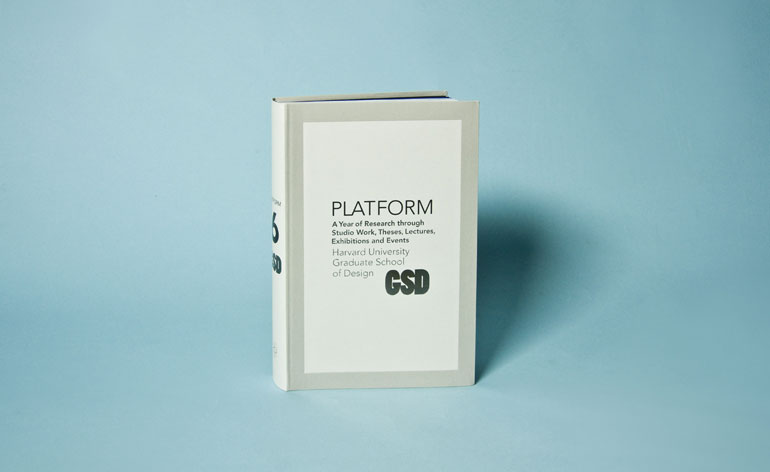
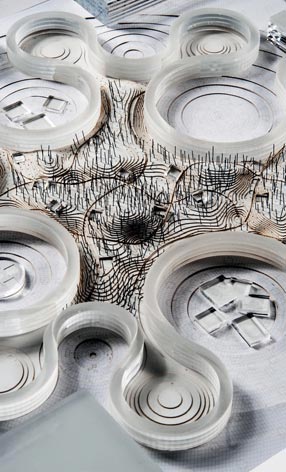
From the book: a model by Aanya Chugh and Lik Hang Gu
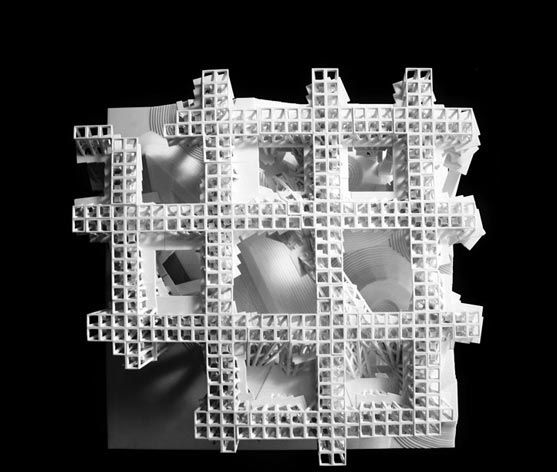
A model exploring the concept of urban utopias, part of the 'Utopioids / The Generic Sublime IV' project led by Harvard professor Ciro Najle
VistaJet: The Illustrated Story
By Simona Rabinovitch
Limited to just 3000 copies, this neat little brand book from Swiss business-jet company, VistaJet, is illustrated throughout by the French artist Jean-Philippe Delhomme. VistaJet are our favourite purveyors of transport on demand, thanks to their consistently high visual standards. In its first decade, the company has commissioned fashion designers and artists to make their jet interiors stand out from the rest. As for getting hold of a copy? We suggest you make a reservation.
Published by VistaJet International Ltd
Wallpaper* Newsletter
Receive our daily digest of inspiration, escapism and design stories from around the world direct to your inbox.
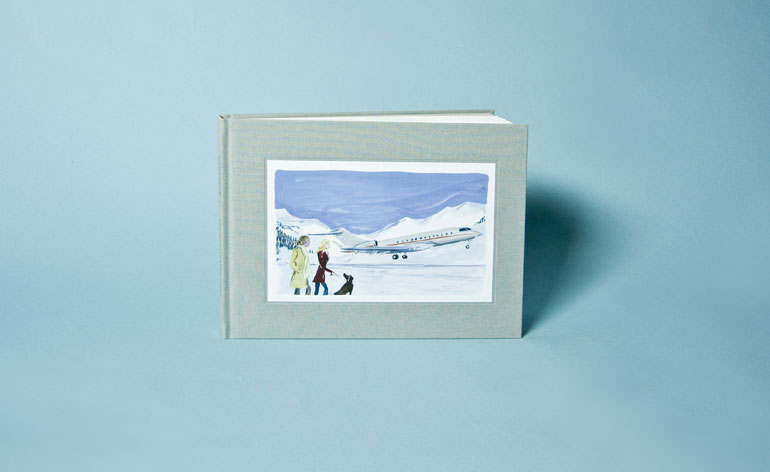
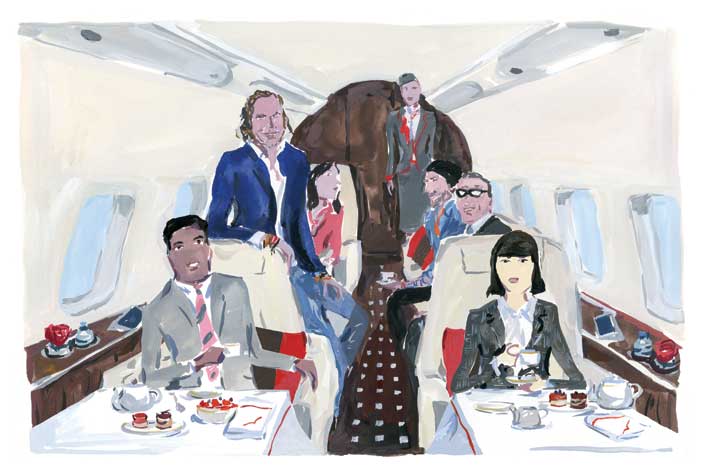
From the book: an illustration of VistaJet's cabin interiors and passengers
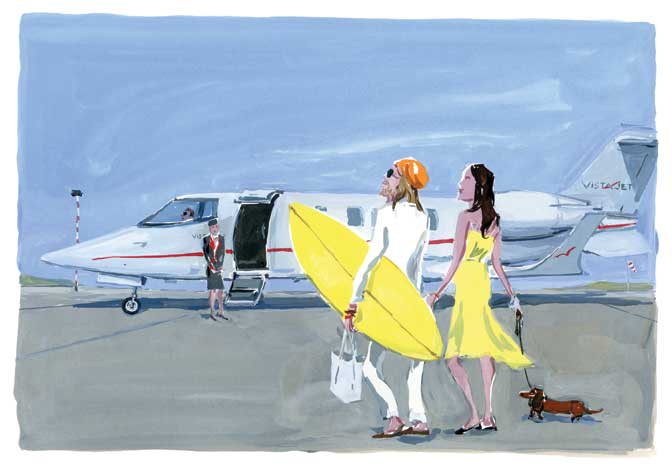
'Thomas, can we please hire your plane?',
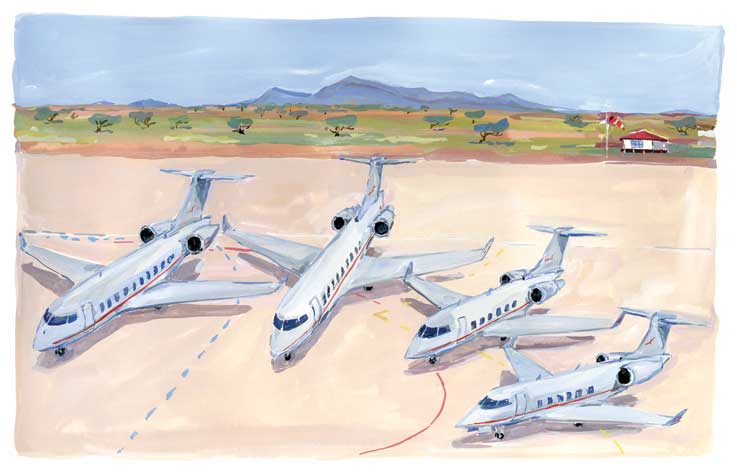
'The mushroom effect',
Melina Keays is the entertaining director of Wallpaper*. She has been part of the brand since the magazine’s launch in 1996, and is responsible for entertaining content across the print and digital platforms, and for Wallpaper’s creative agency Bespoke. A native Londoner, Melina takes inspiration from the whole spectrum of art and design – including film, literature, and fashion. Her work for the brand involves curating content, writing, and creative direction – conceiving luxury interior landscapes with a focus on food, drinks, and entertaining in all its forms
-
 Extreme Cashmere reimagines retail with its new Amsterdam store: ‘You want to take your shoes off and stay’
Extreme Cashmere reimagines retail with its new Amsterdam store: ‘You want to take your shoes off and stay’Wallpaper* takes a tour of Extreme Cashmere’s new Amsterdam store, a space which reflects the label’s famed hospitality and unconventional approach to knitwear
By Jack Moss
-
 Titanium watches are strong, light and enduring: here are some of the best
Titanium watches are strong, light and enduring: here are some of the bestBrands including Bremont, Christopher Ward and Grand Seiko are exploring the possibilities of titanium watches
By Chris Hall
-
 Warp Records announces its first event in over a decade at the Barbican
Warp Records announces its first event in over a decade at the Barbican‘A Warp Happening,' landing 14 June, is guaranteed to be an epic day out
By Tianna Williams
-
 How to be a crisp sommelier: Neil Ridley on ‘bringing fun back into food and drink’
How to be a crisp sommelier: Neil Ridley on ‘bringing fun back into food and drink’The humble crisp is an easy crowd-pleaser for laidback hosts. Drinks expert Neil Ridley shares his tips for creating the perfect crisp-and-drink pairings, whatever the occasion
By Tianna Williams
-
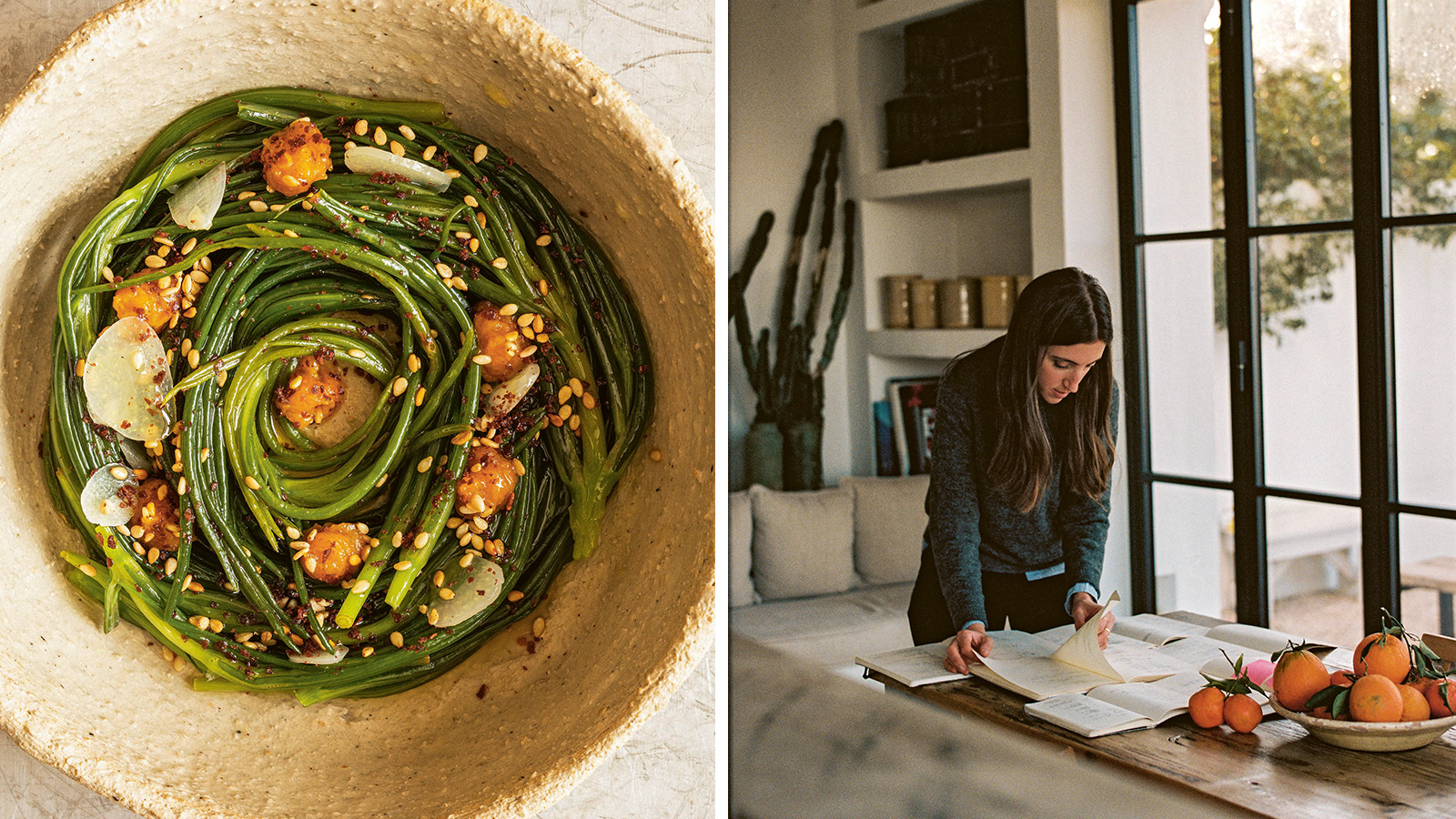 'Moroseta Kitchen' is a new recipe book offering a glimpse into the Puglian countryside
'Moroseta Kitchen' is a new recipe book offering a glimpse into the Puglian countryside'Moroseta Kitchen - A Window Into The Puglian Countryside' by Giorgia Eugenia Goggi is based on the essence of eating in Italy, rooted in farm to table seasonal recipes
By Tianna Williams
-
 ‘Bethlehem’ is a new recipe book celebrating Palestinian food
‘Bethlehem’ is a new recipe book celebrating Palestinian food‘Bethlehem: A Celebration of Palestinian Food’ is a recipe book by Fadi Kattan that celebrates culinary tradition and explores untold stories
By Tianna Williams
-
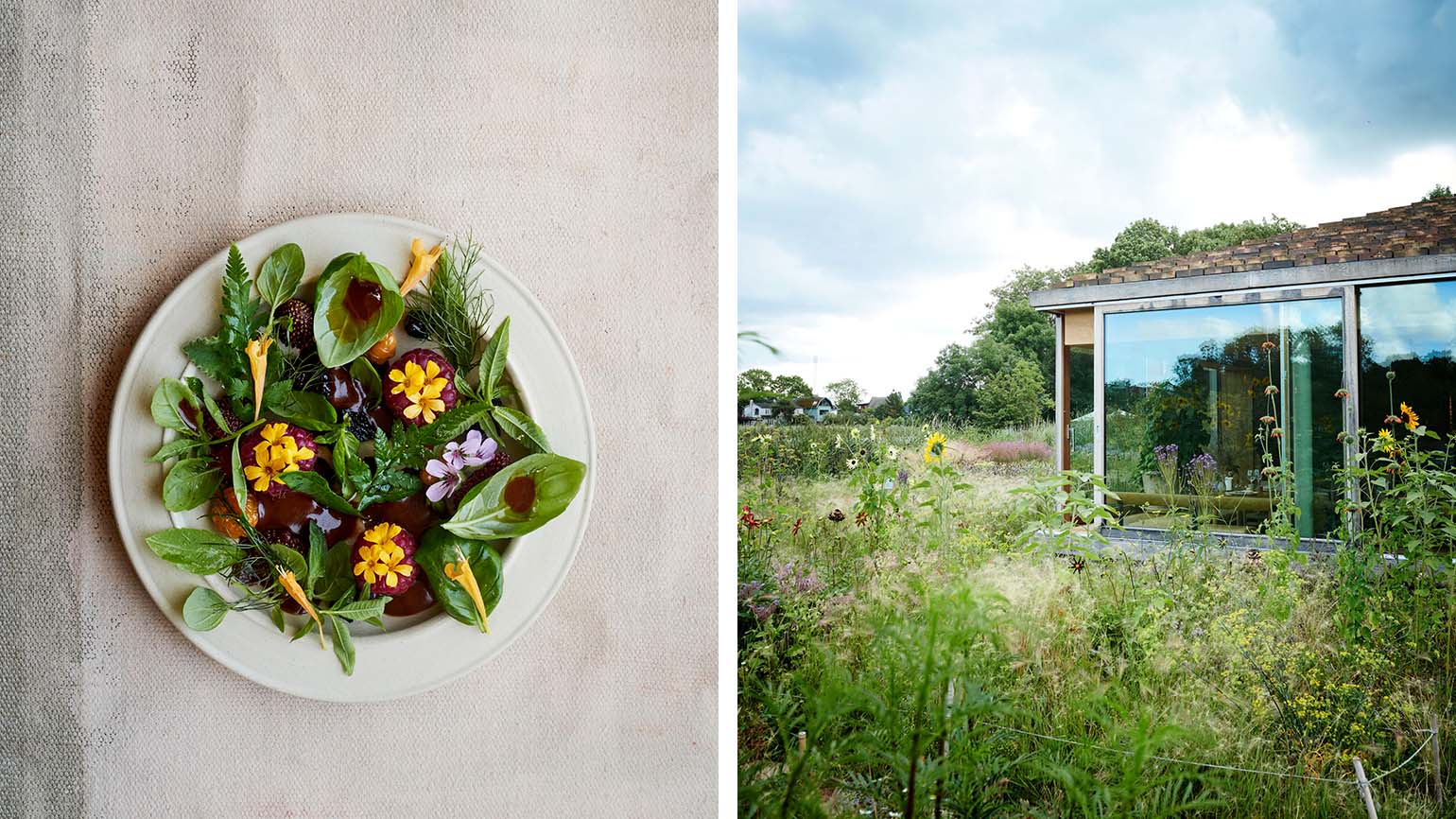 René Redzepi, Mette Søberg and Junichi Takahashi on Noma’s new cookbook
René Redzepi, Mette Søberg and Junichi Takahashi on Noma’s new cookbookLifting the lid on Noma’s secrets, a new cookbook celebrates the pioneering restaurant’s season menus, and offers a deep dive behind the scenes
By Jeni Porter
-
 60-Second Cocktails book shakes up summer happy hour at home
60-Second Cocktails book shakes up summer happy hour at homeThis 60-Second Cocktails book brings summer happy hour into your home with easy but sophisticated cocktail recipes and tips to guide even novice shakers
By Martha Elliott
-
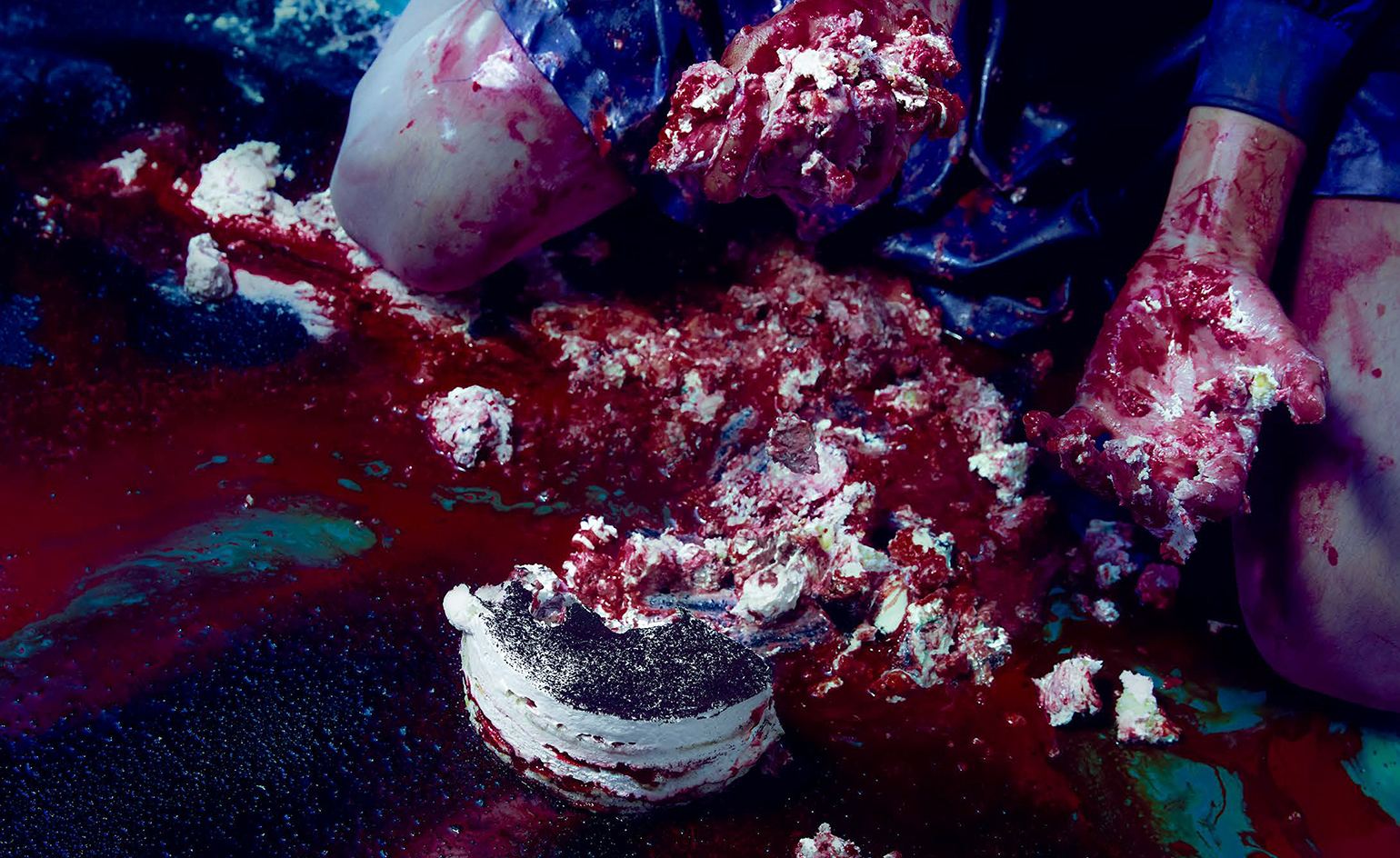 New cookbook transforms horror movies into terrifying food art
New cookbook transforms horror movies into terrifying food artHorror Caviar, the first cookbook from A24, features recipes inspired by horror movies, from creatives including Laila Gohar and Chloe Wise, alongside essays by Carmen Maria Machado, Stephanie LaCava, and more
By Mary Cleary
-
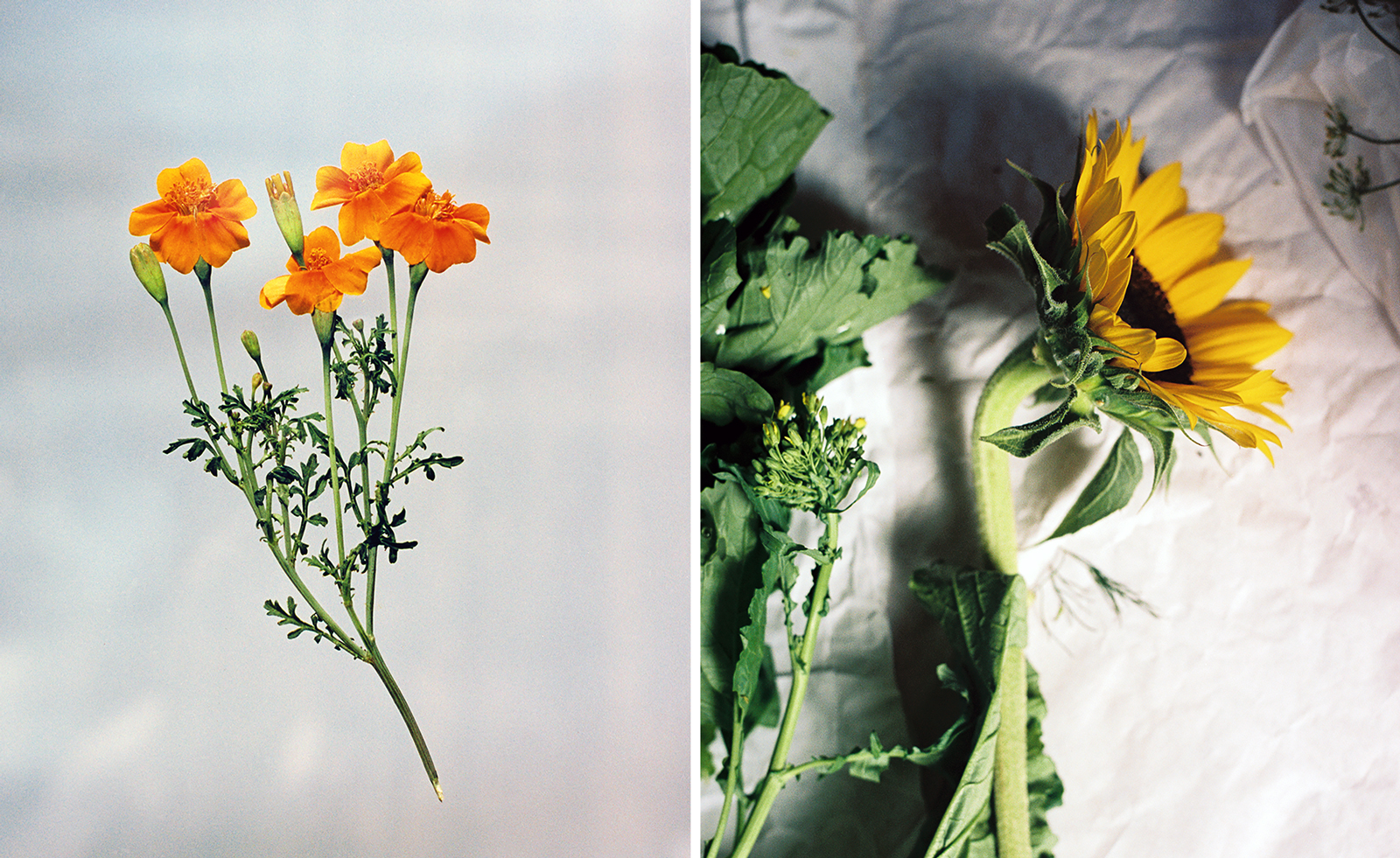 Edible flowers: the how, the what and the why
Edible flowers: the how, the what and the whyA new book from Monacelli, Edible Flowers: How, Why, and When We Eat Flowers, uncovers a fascinating history
By Hannah Silver
-
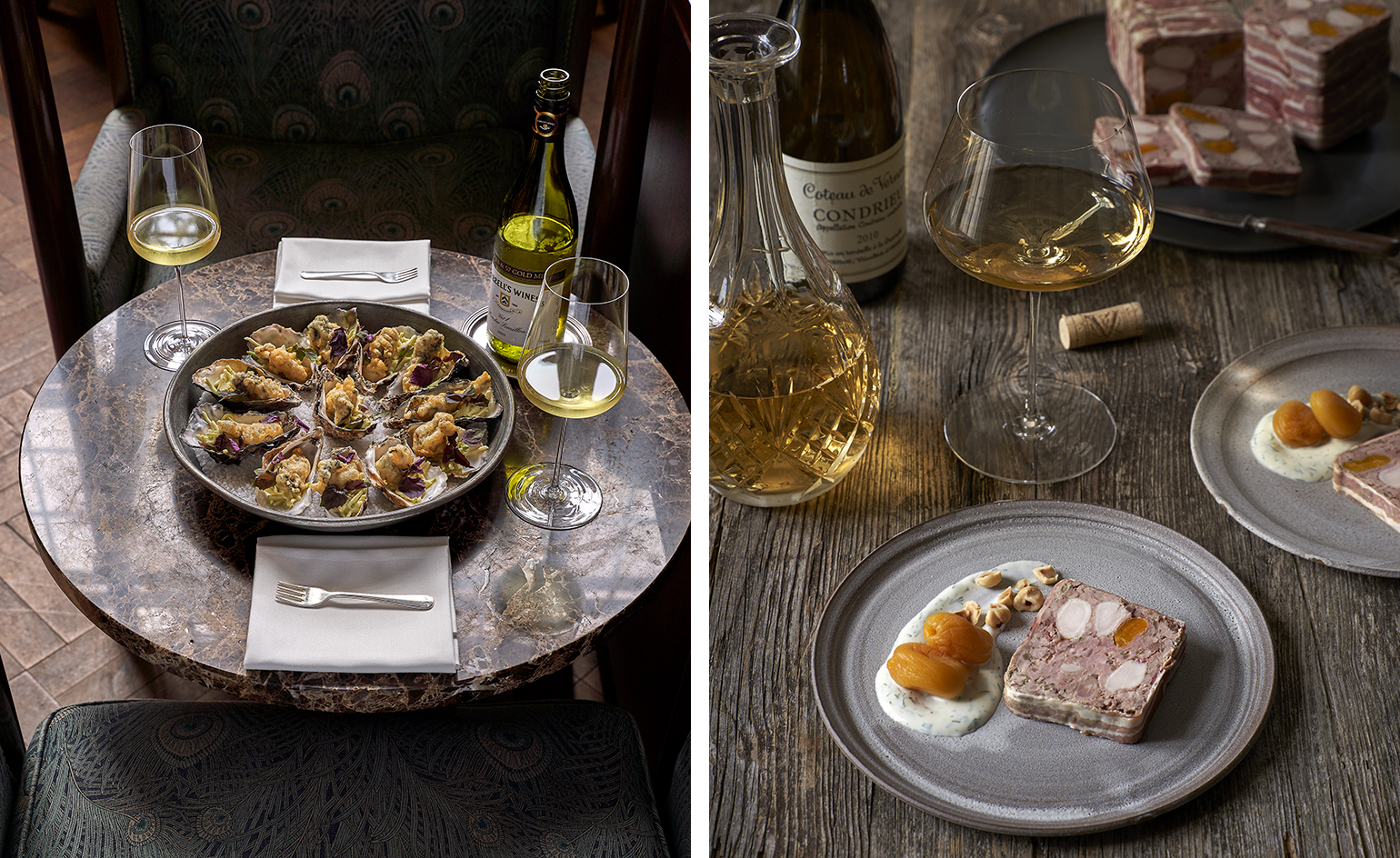 Match point: learn how to properly pair food and wine
Match point: learn how to properly pair food and wineLearn a thing or two about fine cooking and wine selection with this new book from the London Club
By Melina Keays